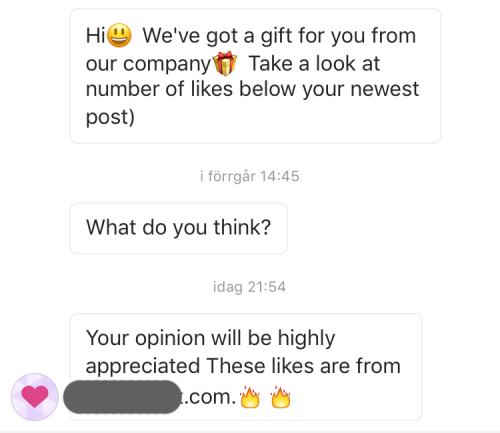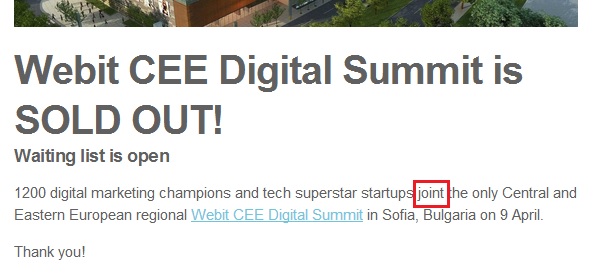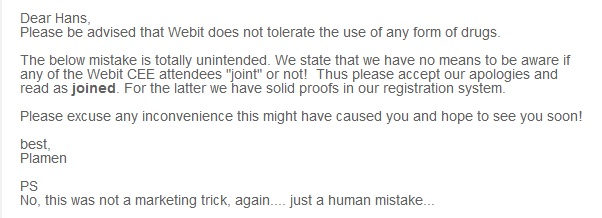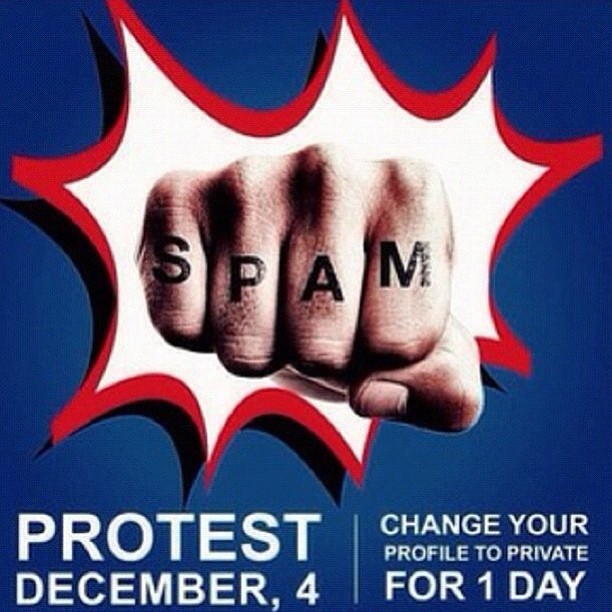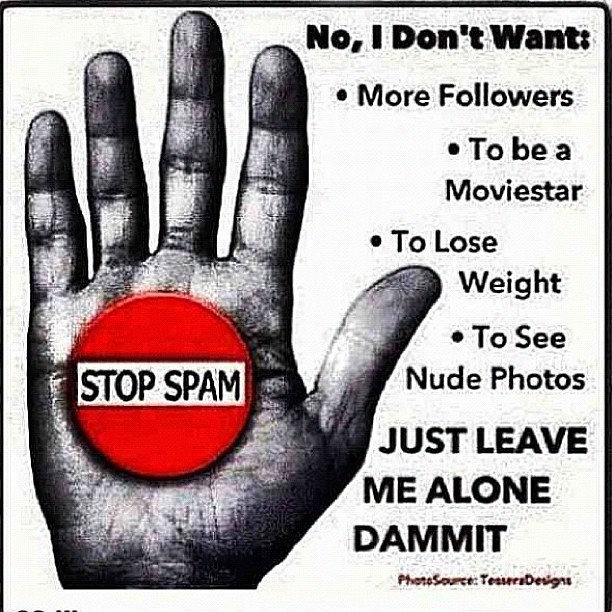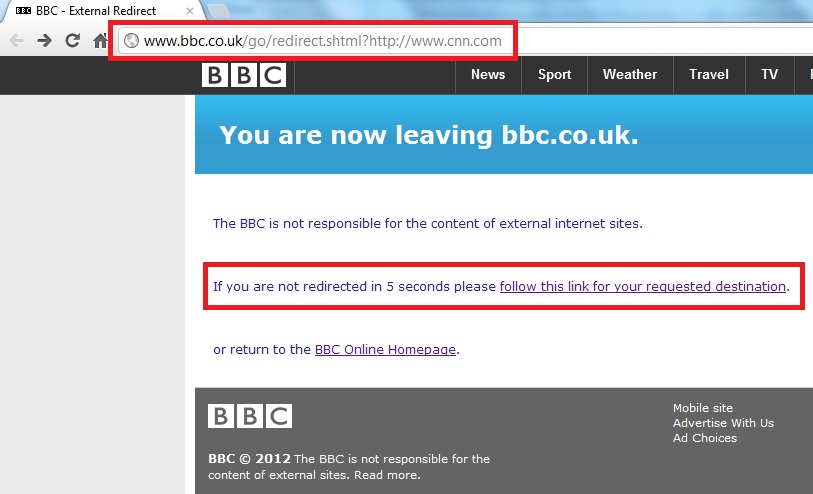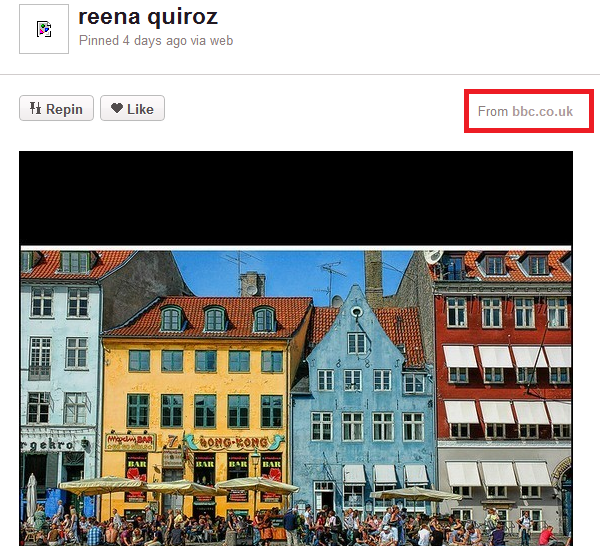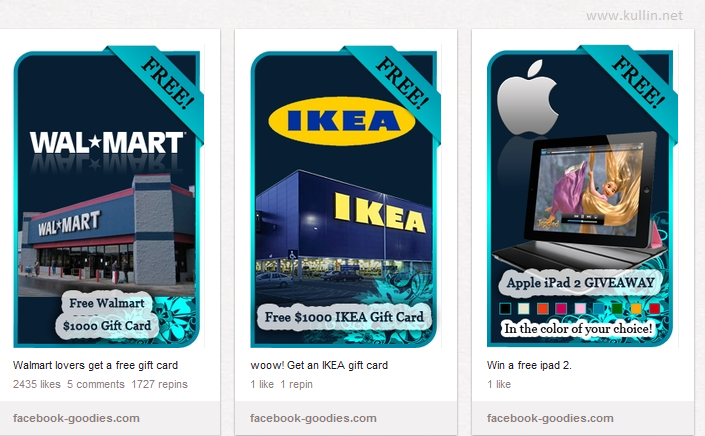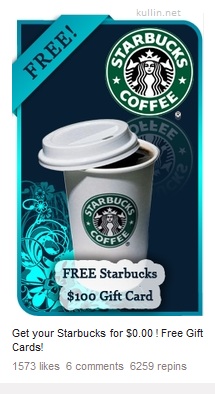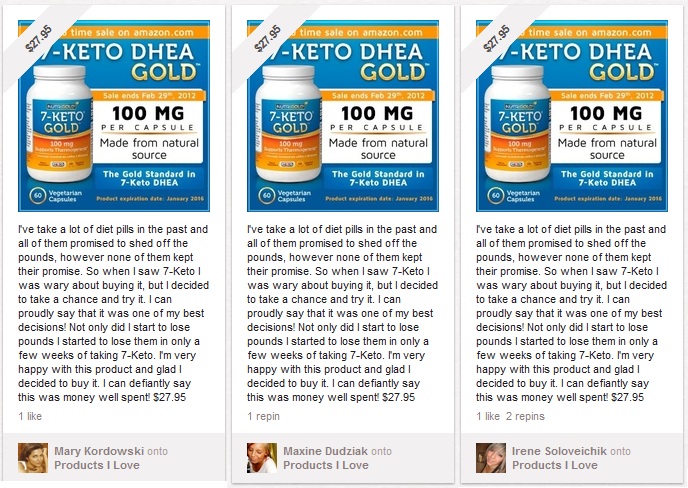Suddenly one day you think you might have cracked the code, that you will finally become an influencer on Instagram. Your photos, for no apparent reasons, are getting twice as many likes as they normally do, and the likes are coming in fast. Some 200 likes within 30 minutes is not something I am used to. And it happened on one image, then on another one the same day, and once again the following day. Three photos now had gotten about 400 likes, at least 150-200 more than they usually do.
Fake likes
But the sudden popularity of my Instagram account had nothing to do with my skills as a photographer. Instead, the likes were a “gift” from a spammer who approached me to sell his or her services (i.e. buy likes or followers). This was the message I received via DM:
I admit that I was a bit suspicious, the unproportionate number of likes from Russian accounts didn’t make sense. But who knows? Instagram’s algorithm works in mysterious ways. My sudden fame in Russia could have a logical explanation. Unfortunately the explanation was fake likes.
The last few weeks, there has been an increase in spam on Instagram with accounts that sell fake followers commenting on a large number of photos. As influencer marketing continues to grow in importance, there’s also money to be made from inflating follower numbers on social networks. Just don’t fall for it. In order to succeed, you will need a fan base made up of real people.
Footnote: I am @kullin on Instagram. Follow for travel photos, sunsets and architecture.
